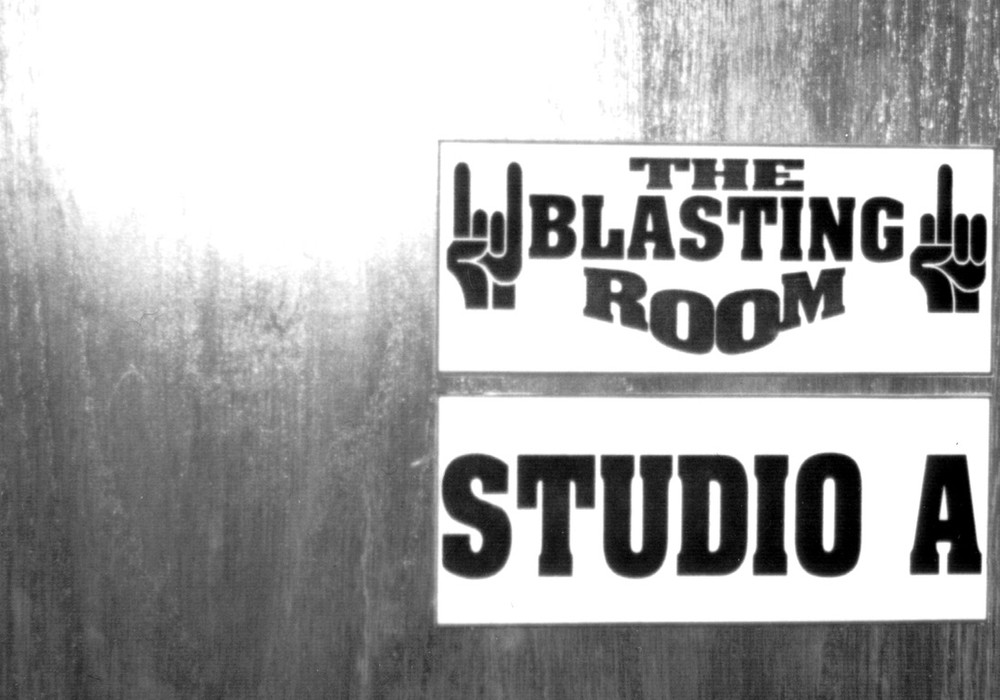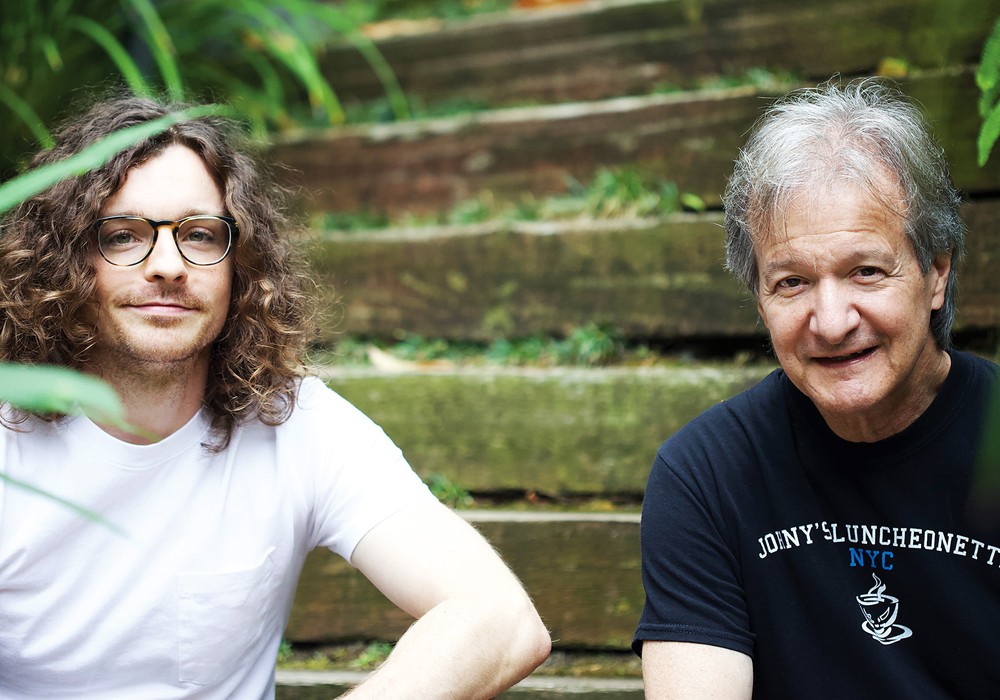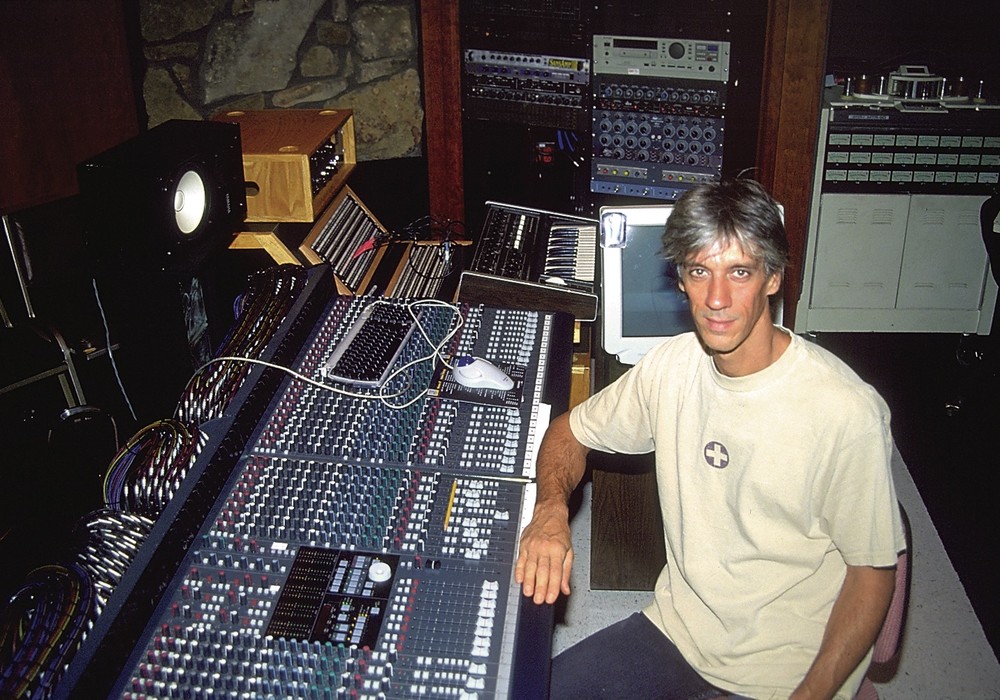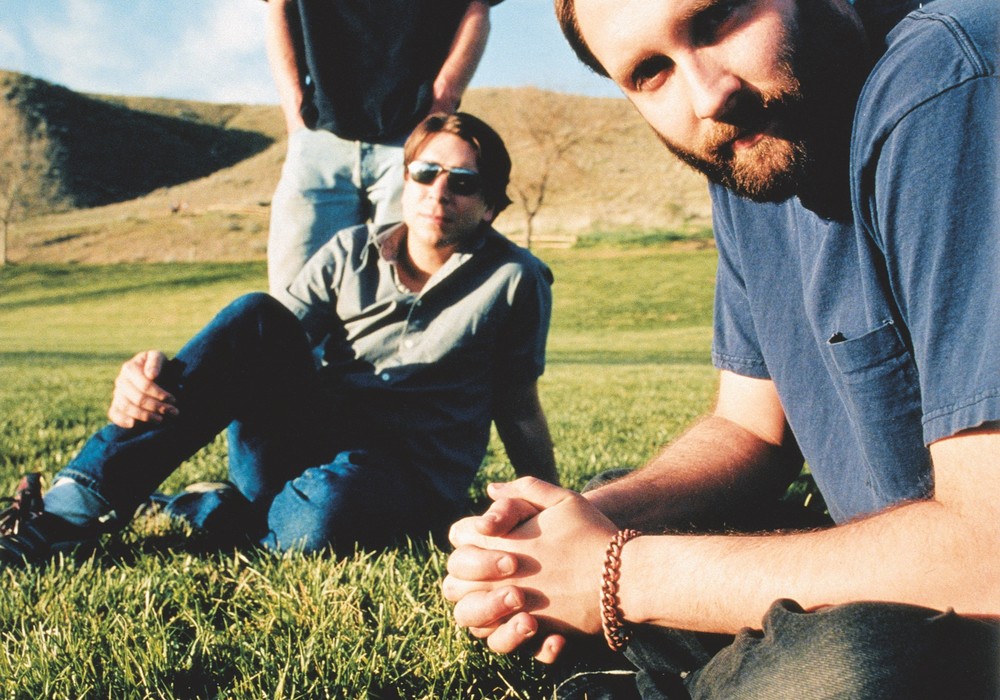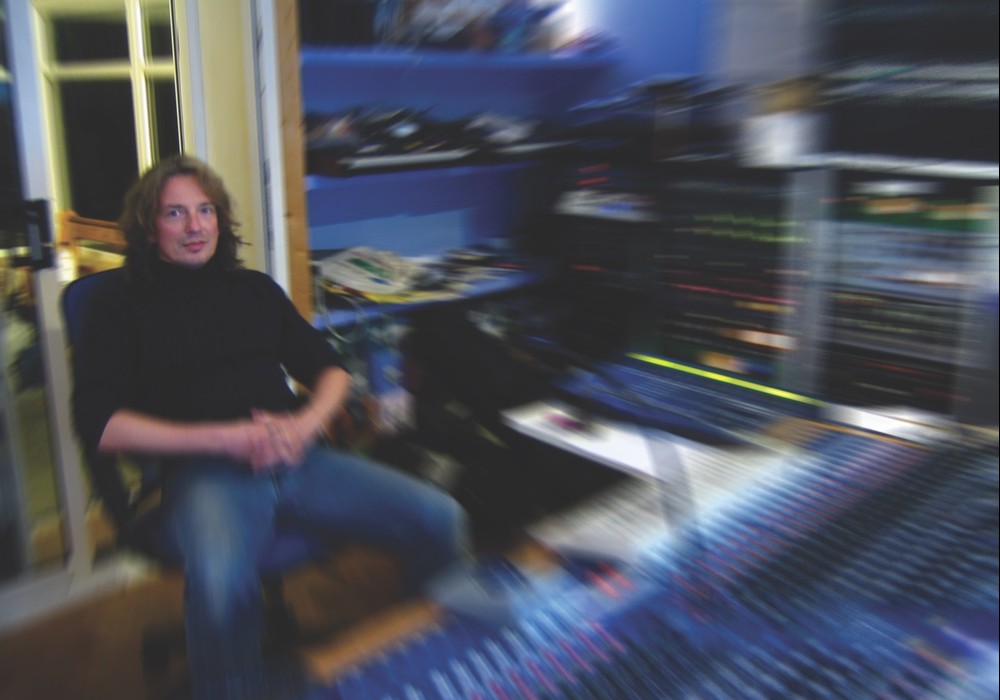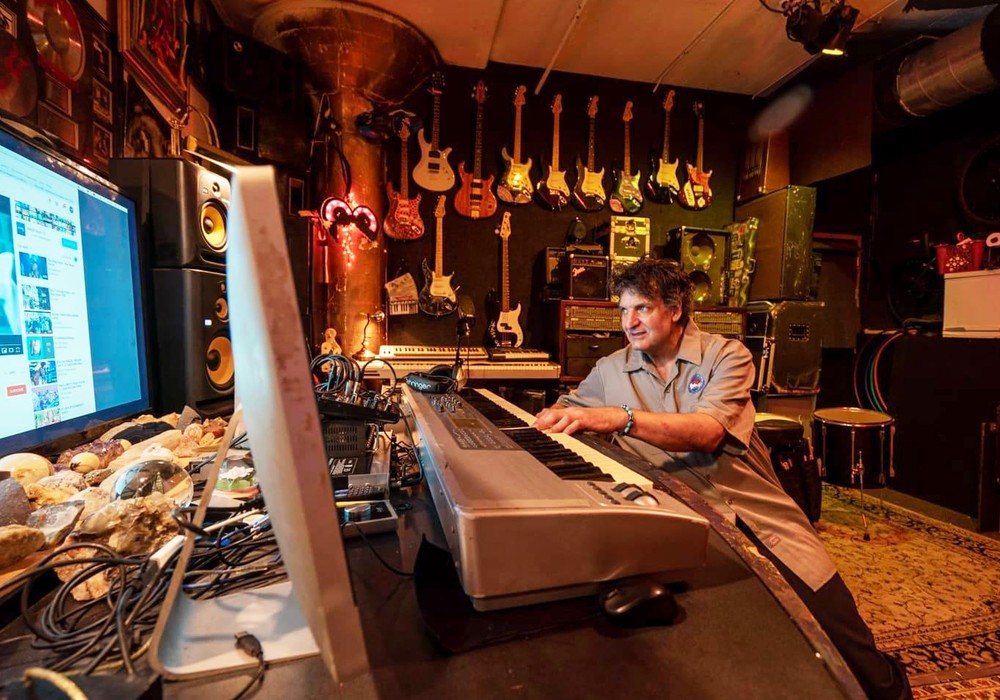Burl Audio, under the direction of owner/designer Rich Williams, has developed some of the best new recording equipment over the last eight years. Their mic preamps, summing amps, and control room monitor are top-quality. But the company is best known for their analog/digital conversion units, like the B2 Bomber series and the B80 Mothership configurable converter.
What led to you designing recording equipment?
I went to UC Santa Cruz and got my degree in computer engineering. I got into music, and after a while I had a band. For 12 years I was the lead singer and songwriter of Burlacticus Undertow — it was original psychedelic funk rock with go-go dancers. After college I got a job working in Silicon Valley in the early '90s for a video compression company. I was in my early twenties and making good money, but I was miserable. I went to recording school at CRI [California Recording Institute] in the Bay Area, and I was lucky enough to learn on a Neve console and a Studer [tape deck]. I ended up leaving Silicon Valley, took a vow of poverty, and started my own recording studio in Santa Cruz.
Always a great idea.
I was in my twenties, so I could still afford to be poor for a while. I started back when the new small, budget studio was a new concept. I had a Mackie board and [Tascam] DA-88s. What I quickly realized is that I couldn't get the same sound with that setup as I could when working with the Studer and the Neves.
But you were running a studio?
It was initially called Butt Cheap, and was $15 an hour. I got tons of clients. It became Paradise Recording in 1997, at a modest $50 an hour. Once I had gear upgrades, I was booked solid. I approach recording from the artists' standpoint. I relate with what the band and the listener want to hear. I am not a "turn the crank" kind of recording engineer/producer. The property that the original Paradise Recording was on sold early in 2001, and I had downtime while I was building a new 1500 sq ft studio. I needed to find some work. I applied at E-MU [Systems] in Santa Cruz and got a job. Paris [recording software] was the main competitor with Pro Tools back in the '90s. Paris came from Ensoniq. Creative, the company that made SoundBlaster cards, bought E-MU and Ensoniq, and then merged them. That pissed off all the engineers at Ensoniq, so they quit. We're talking a bazillion lines of proprietary assembly code, and no one knew how it worked, except the original engineers. I recommended that they go to a native system back then and just do outboard converters. They just end-of-lifed Paris, and with it, my job. Universal Audio used to be on the west side of Santa Cruz. I immediately got hired at UA as a part-time contractor, which was great. I was building a new studio — that meant I could run my new studio, and also work. My first project was to turn the UAD-1 card into an optical recording device, meaning that you could hook up anything that spoke ADAT to a UAD-1 card and record with it. I did this project in exchange for an 1176, an LA-2A, and some 2-610s. When I first got this gear it was like an explosion went off in my head. This was real gear. This was what you needed in order to make real records. I was lucky enough to work with their analog designer at the time, John Henson. He really opened up my eyes to discrete analog circuits. When they were designing the 6176, they wanted to put A-to-D in there. What we determined was that there just wasn't enough room to do it right.
Yeah, that'd be pretty tight.
I was lucky enough to create the product, the 2192 [2-channel ADC]. I listened to every single capacitor and integrated circuit op-amp on the market. I really wanted a converter that stood up to the 1176 and the 2-610. It took a lot of time to tune it and get it to sound the way that I got it to sound, because it turns out that things sound best a lot of the time when they're on the verge of a complete meltdown. What I did was to figure out that magic point where it still sounded good, but didn't burst into flames. I ended up designing a multi-channel mic preamp for UA called the 8110, and then the 4110. John had left the company, and I was the sole hardware designer, both analog and digital, for UA. Universal Audio's obviously gone in a different direction: the 2192 is no longer offered, and neither is the 8110 or the 4110. The next step for me was to start my own company; Burl Audio. One of the sales and marketing guys from UA had left, so we consulted with him and asked what Burl should do first. He said, "You're known for A-to-D and D-to-A. Do another converter." The 2192 was hard to beat and I spent a lot of time trying to figure it out. Then one day I thought to myself, "I'm going to try a transformer on the front end of this thing and see what happens." We spent a ton of time getting the transformer right. Ultimately that turned into the B2 Bomber A-to-D. The B2 Bomber evolved into the Mothership. The Mothership was something that we'd all been dreaming about in the studio for many years. Finally there would be "no compromise" recording.
I describe my Mothership to people as something beefy that's a really solid thing, as opposed to accurate.
Totally. The thing about recording music is there's no such thing as transparency. From the first moment sound goes into a microphone... tell me which microphone is transparent? Then it comes out a speaker. Which speaker is transparent? None. Everything in between is supposed to help the signal along from the microphone to the speaker. We all know that it takes a lot of magic tricks to get music to sound the way that it does out of speakers. The transformer takes an electric field, turns it into a magnetic field, and then back into an electric field. With hot levels the magnetic field acts like a shock absorber, just like it does with tape, dynamic mics, and speakers that have coils. At nominal levels, the transformer is incredibly linear and clean; it's actually more true than transistors. Transistors add a lot of tonality to music. A lot of people don't realize that. Not only does every integrated circuit op-amp sound different, but also every transistor sounds different. My goal was for Burl Audio to be the Neve or Studer of the future.
What was the concept behind not putting transformers on the output of the Mothership?
Well, that's a great question. Usually the outputs require even larger transformers. Why is that? Because your output impedance is much lower than your input impedance. For instance an output impedance on a typical audio device is 20 to 100 ohms. The input impedance is anywhere from 600 to 100 K. That's why you typically see smaller transformers on the inputs of devices. You'll notice that Burl input transformers are much bigger than your typical input transformer. It's the same way on the output. Our output transformers are typically much larger and have more linearity on the low-end. I really wanted channel density; and I wanted something where you could get tonality on the input, but mostly preserve the linearity on the output.
Instead of having a transformer, what kind of circuit is providing the output?
It's a direct-coupled circuit, meaning that there are no capacitors in the signal path; and it's a discrete op-amp with the fewest number of transistors that you can possibly get away with. Those transistors I painstakingly listened to.
When you say that you listen to the transistors, transformers, and other parts, what's the process for you?
We test all the circuits in real recording situations, with all instruments. I almost always start with kick drum, snare, high-hat, overheads, bass guitar, guitar and vocals. I was never happy with how the 2192 sounded when tracking guitar. The harmonics never seemed right to me. The BX1 input transformer on the B2 ADC and Mothership was the holy grail for me on guitar [recordings]. It finally sounded right to me. For months on end I was soldering in new transistors, plugging them into the circuit, tweaking the bias currents — and then listening, and listening, and listening. But all of that work that I did can now be applied to multiple products.
What was it like going from working for others to the process of setting up your own company?
You're immediately stricken with severe poverty. That went on for a long time. The flipside is that it's amazing, because you finally have the freedom to go with your gut and design what you truly believe is the right thing. If you work for another company, designs are done by committee; and then they're constantly beating you up about the cost of the product. They want to dumb it down. It's amazingly gratifying when you sell your first unit for your own company. When the feedback starts coming back and it's positive, you know that you did the right thing. Until 2011, Burl Audio had no real office. I worked and designed out of Paradise Recording, with prototypes being used in recording sessions.
Do you still have a bunch of recording equipment at the Burl shop?
Yeah, we have a studio. When the Mothership was finished, I decided that I was going to go on a studio tour and do A/B comparisons across the U.S. and Europe. I went into East/West, Ocean Way in Nashville, Electric Lady in New York, London, Paris, and all across Europe. I'd just worked for two years getting the Mothership going. I was stoked. I was in Paris on Ramine Parsivand's barge [studio] on the Seine river, drinking wine, and I said Ramine, "This is the most relaxed I've felt in years." Little did I know at that moment the building that our recording studio was in was on fire! I got a call at 10 a.m. Paris time, and the phone just kept ringing and ringing. It was Will [Kahn] on the other end telling me that the studio had caught fire, but not to worry about it because we had insurance. I took that insurance settlement and bought 2.5 acres in Bonny Doon, California [near Santa Cruz]. We run the company out of a barn, and we have a recording studio in the basement of the house that will ultimately move into this 4,000 square foot barn. We also brew our own beer up there, so you can have beer on tap while you're mixing you're record.
That sounds good to me. Do sessions still go on?
Oh, yeah. But we have limited time right now.
How long has Will been with the company?
Since we launched the Mothership in 2010. There's me, Will, Kevin [Dickey], Gabe [Lobaugh], and then a few other guys doing assembly. We have about ten people, or less, total. It's still a small company.
Have you got some new product ideas on the way, at this point?
We've got more products than we do time to put them out. I used to allude to what we were going to do, but then people got disappointed when we changed course. I would love to just design analog products from here on out, but for us, and for our company, we have a lot to do on the digital side still for the future.
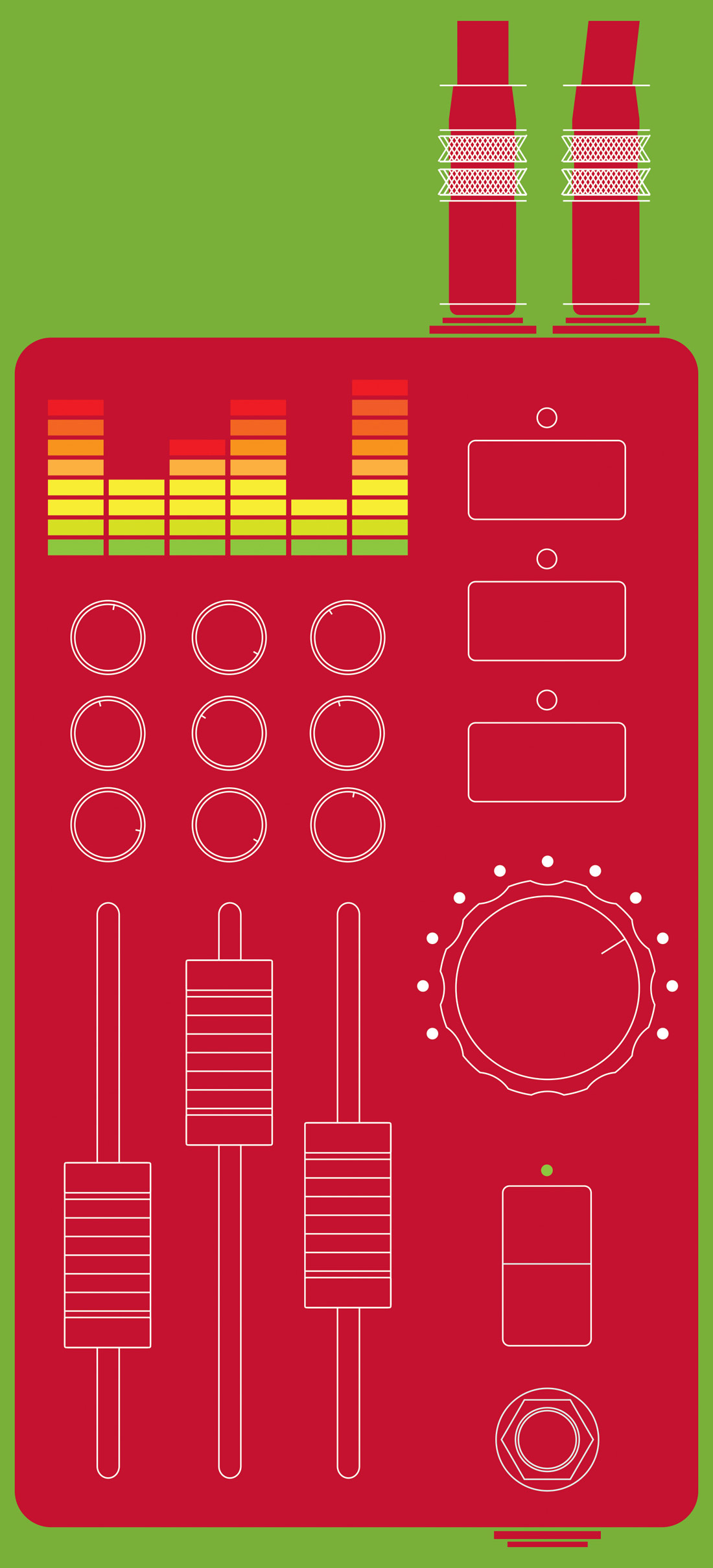

_display_horizontal.jpg)
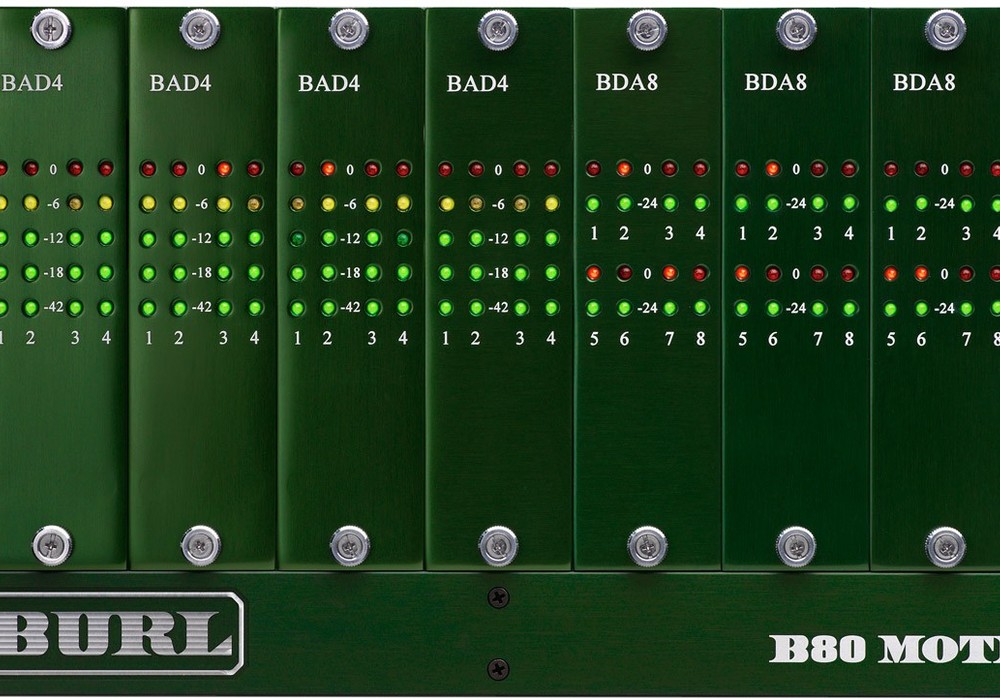


_disp_horizontal_bw.jpg)
